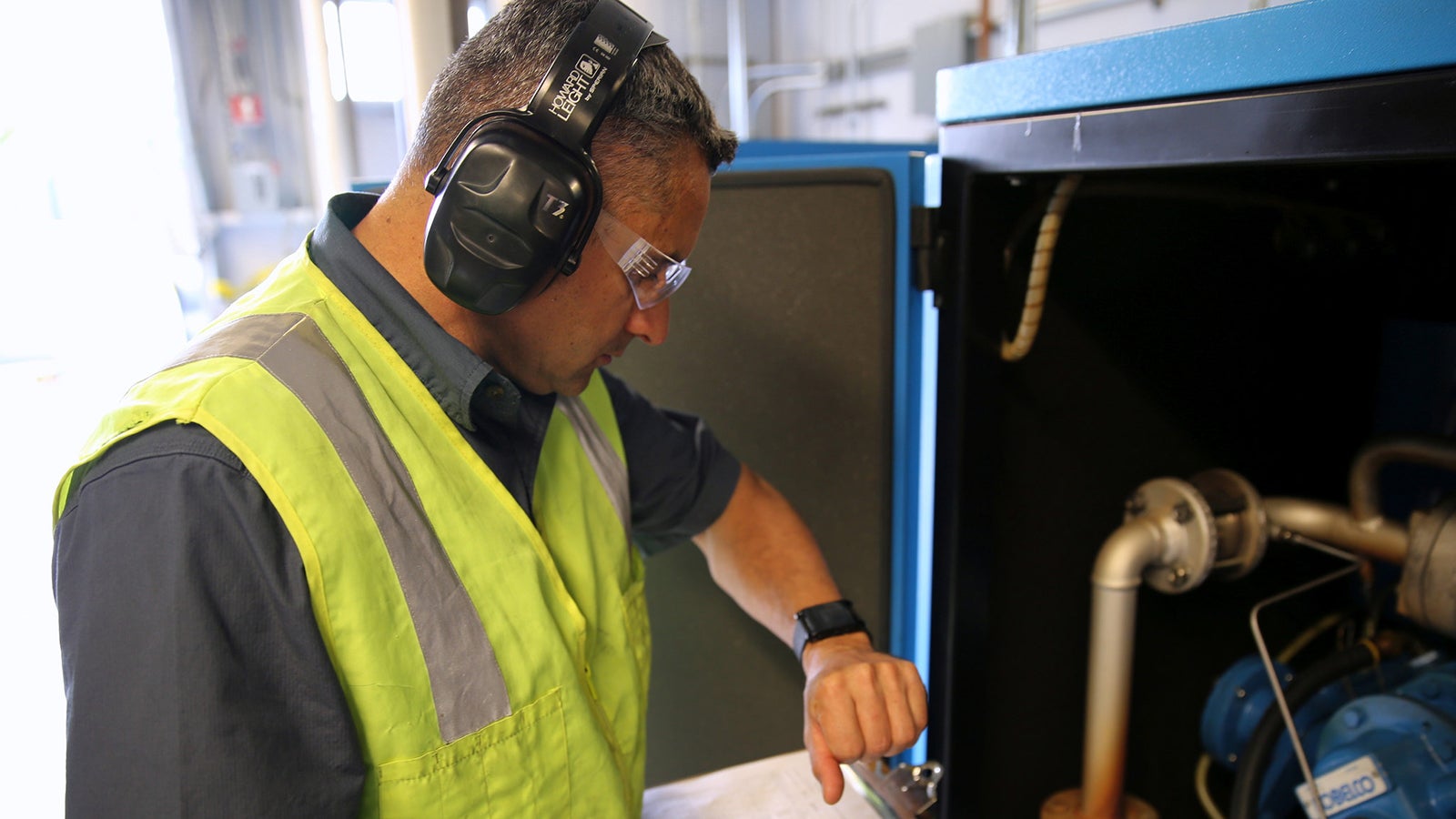Wearables are moving from just for fun to corporate profit
Smart glasses have long been an interest of consumer tech early adopters, many of who have eagerly awaited the integration of wearables into daily life. What these eager would-be wearers might not realize, though, is that these tools are already in wide use in enterprise settings like hospitals and factories, where field technicians can take photographs and fill out documents hands free.


Smart glasses have long been an interest of consumer tech early adopters, many of who have eagerly awaited the integration of wearables into daily life. What these eager would-be wearers might not realize, though, is that these tools are already in wide use in enterprise settings like hospitals and factories, where field technicians can take photographs and fill out documents hands free.
Despite the potential for increased productivity and efficiency, smart glasses face obstacles—with plenty of businesses voicing concern over privacy implications and vulnerability to security breaches.
As with smart glasses, this same mixture of concern and enthusiasm exists regarding other wearables in the workplace. Take the slew of sensors that can monitor and improve an employees’ posture. These include technologies like the Philips ErgoSensor, Discreet UpRight and the Lumo Back. For employers, the benefit to installing these sensors seems obvious: In a world that increasingly requires workers to sit at computers for long stretches of time, these sensors could help prevent long-term back problems. Less obvious are the pitfalls: What happens if these sensors aren’t calibrated properly, give bad advice and cause an employer to become complicit in an employee’s deteriorating back strength? That creates a considerable workers’ compensation dilemma.
The same is true for wearable stickers that can measure exposure to UV rays. L’Oreal recently partnered with sensor-maker MC10 and design firm PCH to create one of these, called My UV Patch. Like a temporary tattoo, it attaches to human skin easily and is unobtrusive. Sensors collect data about sun exposure and relay it to an app on the user’s device. In many of the industries that are exploring wearable technology for workers—like construction, for example—these sticker-tattoos could help stave off skin cancer. But, on the flipside, a bug in the system could lead to bad advice. Or a worker could become distracted by the device and the app and get injured.
In both cases, the employer risks liability. In this Wild West landscape of wearables-at-work, there is no legislation in place yet to determine this. Without it, companies would be wise to work closely with their insurance providers to better understand the risks, the financial benefits and risks, and any associated privacy policies. This means looking at technology holistically and frequently. The rules are in flux and technology moves fast. What’s true today will surely be different tomorrow.
To learn more about the risks of wearable technologies in the workplace, visit Zurichna.com.
The information in this publication was compiled from sources believed to be reliable for informational purposes only. All sample policies and procedures herein should serve as a guideline, which you can use to create your own policies and procedures. We trust that you will customize these samples to reflect your own operations and believe that these samples may serve as a helpful platform for this endeavor. Any and all information contained herein is not intended to constitute advice (particularly not legal advice). Accordingly, persons requiring advice should consult independent advisors when developing programs and policies. We do not guarantee the accuracy of this information or any results and further assume no liability in connection with this publication and sample policies and procedures, including any information, methods or safety suggestions contained herein. We undertake no obligation to publicly update or revise any of this information, whether to reflect new information, future developments, events or circumstances or otherwise. Moreover, Zurich reminds you that this cannot be assumed to contain every acceptable safety and compliance procedure or that additional procedures might not be appropriate under the circumstances. The subject matter of this publication is not tied to any specific insurance product nor will adopting these policies and procedures ensure coverage under any insurance policy.
© 2016 Zurich American Insurance Company
This article was produced on behalf of Zurich by the Quartz marketing team and not by the Quartz editorial staff.